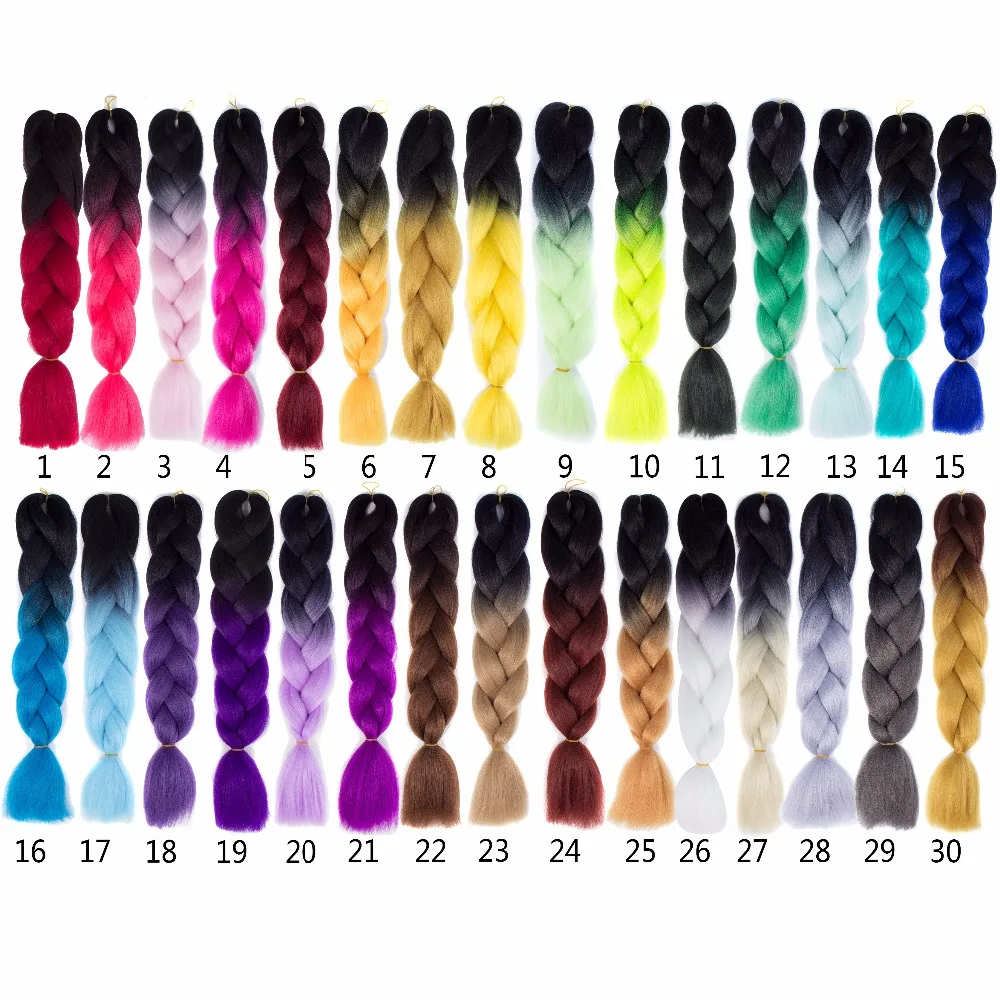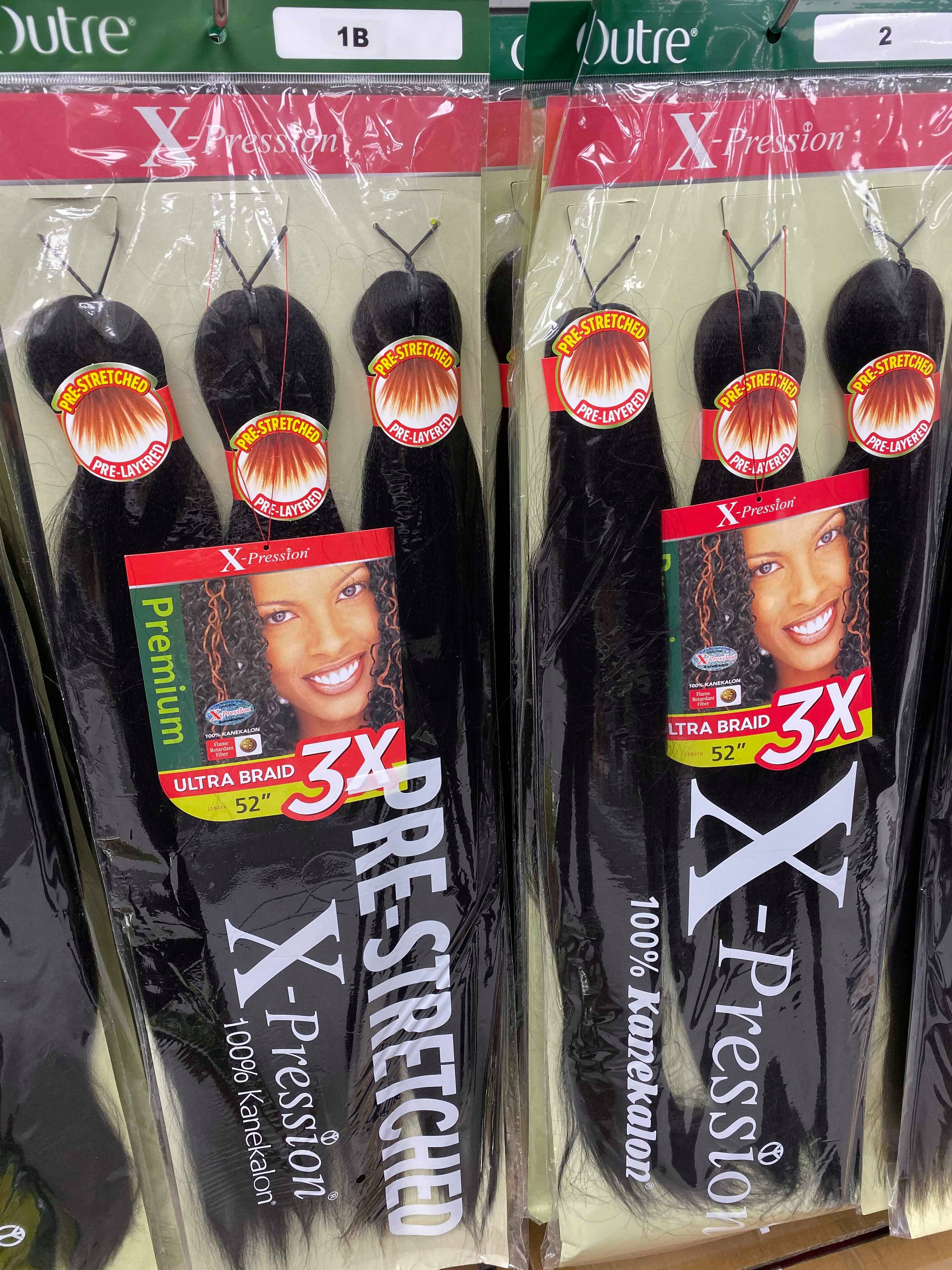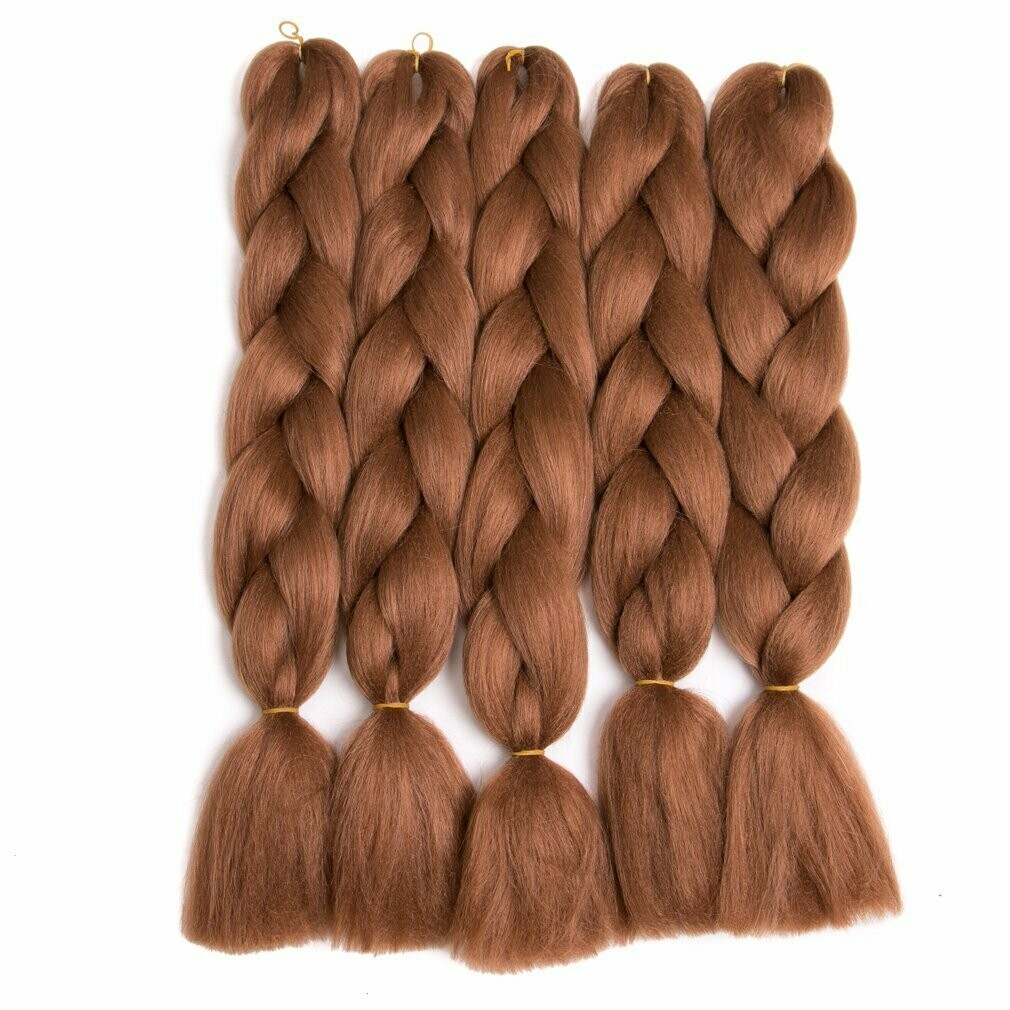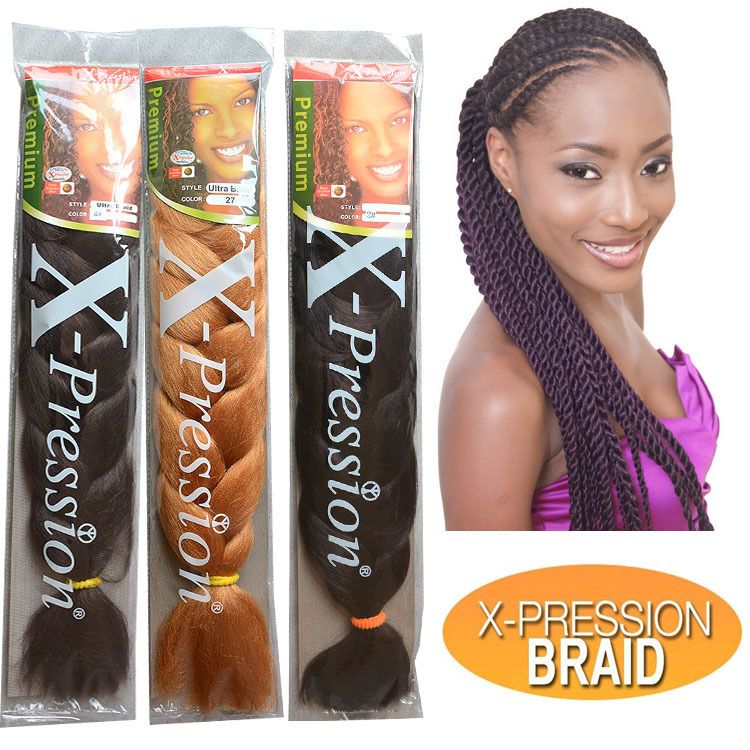Table Of Content
- How to remove hair dye from skin: Hairspray
- How to get rid of dye stains on your face and along your hairline
- Break out these tips next time hair dye stains your skin
- Scalp Scrub
- Olive Oil
- Tips to prevent staining
- How to Remove Pink Hair Dye: Let’s Get the Pink Color Out
- What Happens If You Don’t Remove Hair Dye Stains?
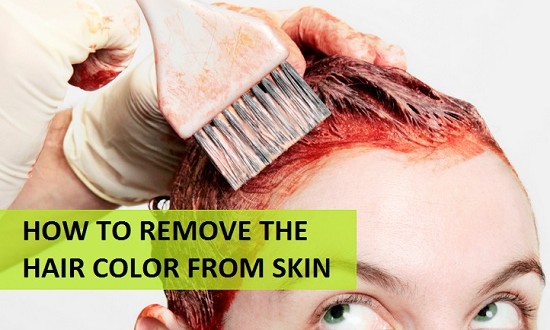
Permanent hair dye, on the other hand, can take a few sessions with color remover to fade. Black and red hair dyes are particularly challenging to remove entirely. For these reasons, it may be worth considering an alternative approach. A gentle solution to remove hair dye from the skin is baby oil. People can safely use baby oil on the face, although they should avoid getting it in their eyes as it may irritate. Hair dye meets its match in a D.I.Y. scrub made from dish soap and baking soda.
How to remove hair dye from skin: Hairspray
Toothpaste contains abrasive ingredients like dehydrated silica gels, hydrated aluminum oxides, magnesium carbonate, phosphate salts, and silicates. These ingredients are abrasive enough to remove hair dye off your skin but also gentle enough to not damage your skin. You can also try to use an exfoliating scrub, nail polish remover, shampoo, or makeup remover. You can use water to rinse off after trying one of these tricks below. If you love dyeing your hair, it’s inevitable that you will get some hair dye on your skin. In this post, I will share with you a few methods that you can use to remove hair dye from your skin effectively.
How to get rid of dye stains on your face and along your hairline
Just be mindful not to get the barrier cream onto the hair itself because it could prevent the dye from delivering full coverage. You definitely don’t want to use nail polish remover on your face, but it can be used on other areas of your skin that are less sensitive, like your hands. While most hair dye stains are harmless and can be removed with home remedies, there are certain circumstances where it might be necessary to consult your doctor. If you have sensitive skin and notice a hair dye stain, consult your dermatologist for the best removal method.
Break out these tips next time hair dye stains your skin
They can be massaged into the scalp once a week or every other week. Pre-shampoo cleansers are applied to the hair and scalp before shampooing. These products are believed to hydrate and nourish hair, repair hair shafts, and promote scalp health. You should also seek medical care for unusual hair loss, sores, or a skin rash on the scalp. These might be signs of conditions that require treatment, like scalp psoriasis, eczema, or seborrheic dermatitis. An oily or itchy scalp, dandruff, or scalp odor may require medical intervention.
Don't panic if you're still left with some dye stains—it happens! Amber says hair color will likely stay on your skin for just a few more days. But she does caution that the darker the hair color, the more likely it is to stain skin.
Olive Oil
You can do this by washing and brushing hair regularly, avoiding hair care products that contain harsh ingredients, reducing heat exposure from heat stylers, and covering hair when outdoors. You should avoid a scalp detox if you have sensitive skin or an inflamed scalp. Chemical products can burn the scalp when misapplied or overapplied, especially for people with sensitive skin.
Tips to prevent staining
Try a facial cleanser or soap, makeup remover, baby oil or olive oil or toothpaste. Exposed areas of the skin react differently to both hair dye and stain removal options. The longer the shade sits on the skin, the longer it settles and the more difficult it is to remove, so "the best way to remove dye stains is to clean as you go to prevent staining," Thurman says.
It's also helpful to use some kind of barrier cream on the areas that you don't want the color to stick. Without special treatment, permanent hair dye will eventually fade as cell turnover occurs. It takes about 30 to 50 days, depending on your age, for your skin to regenerate. Any untreated stains should disappear within that time regardless of the treatment it receives. While seeing your skin stained by hair dye may be shocking, there are many ways to remove it if you know the right approach.

To whip up this strangely effective concoction, squeeze about five drops of dish soap into a bowl with two tablespoons of baking soda—for extra credit, you can toss in a drop of shampoo, too. Apply the paste to the affected area, then wash it off and let it dry. The best way to prevent scalp buildup is to stop it before it even starts.
How to Get Hair Dye Off Skin, the Safe Way - Vogue
How to Get Hair Dye Off Skin, the Safe Way.
Posted: Sun, 14 Apr 2024 07:00:00 GMT [source]
It is sometimes used with other ingredients like coal tar and zinc pyrithione to soften dry, scaly skin. Exfoliating products, which remove dead skin cells from the top layer of skin, can help keep the scalp healthy and clean. These products might also prevent hair follicles from clogging and remove hair products, oil, debris, and dead skin buildup.
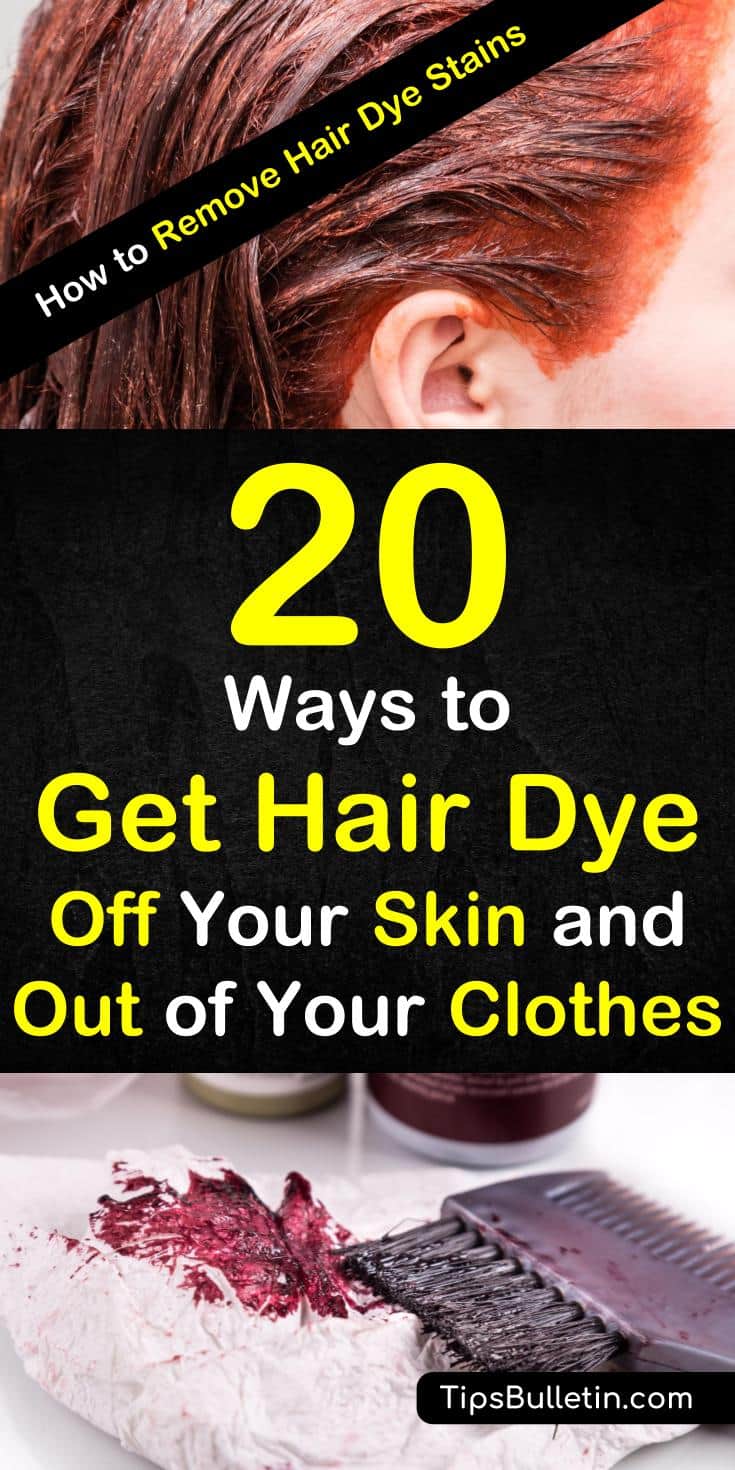
Avoid rubbing the area aggressively, as this can spread the dye and cause irritation. Fortunately, there are many ways to ensure a stain-free hair dye experience or to effectively remove the dye should it come into contact with your skin. If you’re worried about the effect getting dye on your skin may have, we can put your mind at ease.
Using one of the home treatments listed above should help most hair dyes come off your skin immediately when they work. Taking steps to prevent hair dye coming into contact with skin can limit the need for stain removal methods. There is currently no scientific evidence to support these techniques as methods to remove hair dye from nails. If your color does start to run while the dye is being applied, Goebel recommends reaching for another drugstore product. “If you are in a pinch, baby wipes work nicely to gently remove color from the skin,” she says.
When trying to remove hair dye from the skin, check your skincare routine for a chemical exfoliant like a cleanser with salicylic acid or glycolic acid peel pads. Their entire purpose is to get rid of the dead cells lingering on your skin’s surface, so they should be able to help remove hair dye too. For really stubborn areas, mix a touch of bleach and soap (shampoo or dish soap work well).
“It’s also helpful to keep your skin as hydrated as possible before dyeing your hair, as dry skin soaks up the dye more easily,” she explains. Falling victim to rogue splashes of hair dye is one of the more aggravating costs of admission to coloring our hair. Whether the dye job is done in a salon or over our bathroom sinks, dye seemingly always manages to drip onto our neck, ears, hairline, or hands — and those stains are stubborn little suckers. You just finished coloring your hair at home and love the results! The only problem is…you’ve got some dye on your face or hands. We’ve compiled the best 6 ways to remove hair dye from your skin, from the gentlest options to those that are a bit harsher but will get the job done.
She has written for Glamour, People, Good Housekeeping, Women's Health, Real Simple, Martha Stewart, Apartment Therapy, The Spruce, and more. Marci Robin is a freelance writer and editor specializing in beauty and lifestyle content. With over 20 years of experience, Marci has served as a contributing editor for Allure, senior beauty editor at GoodHousekeeping.com, executive editor of xoVain and senior online editor at NewBeauty. Her writing has also appeared in her writing has also appeared in InStyle, MarthaStewart.com and Refinery29. If you’re going to sleep with it on, you may want to cover it with a bandage or plastic so it doesn’t stain anything.




